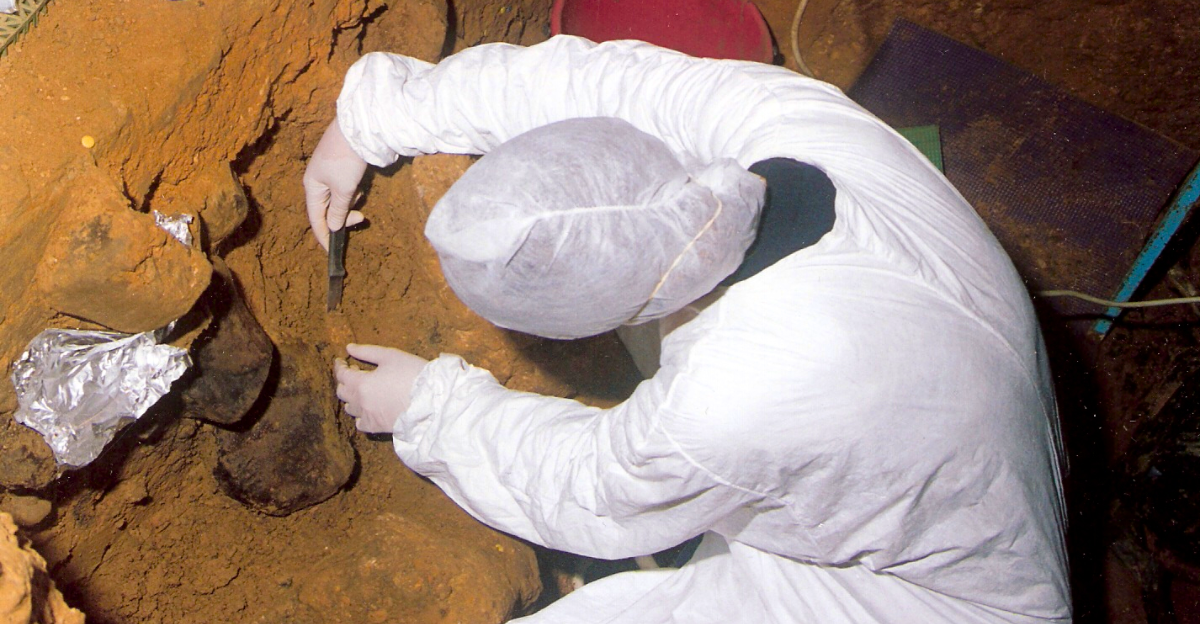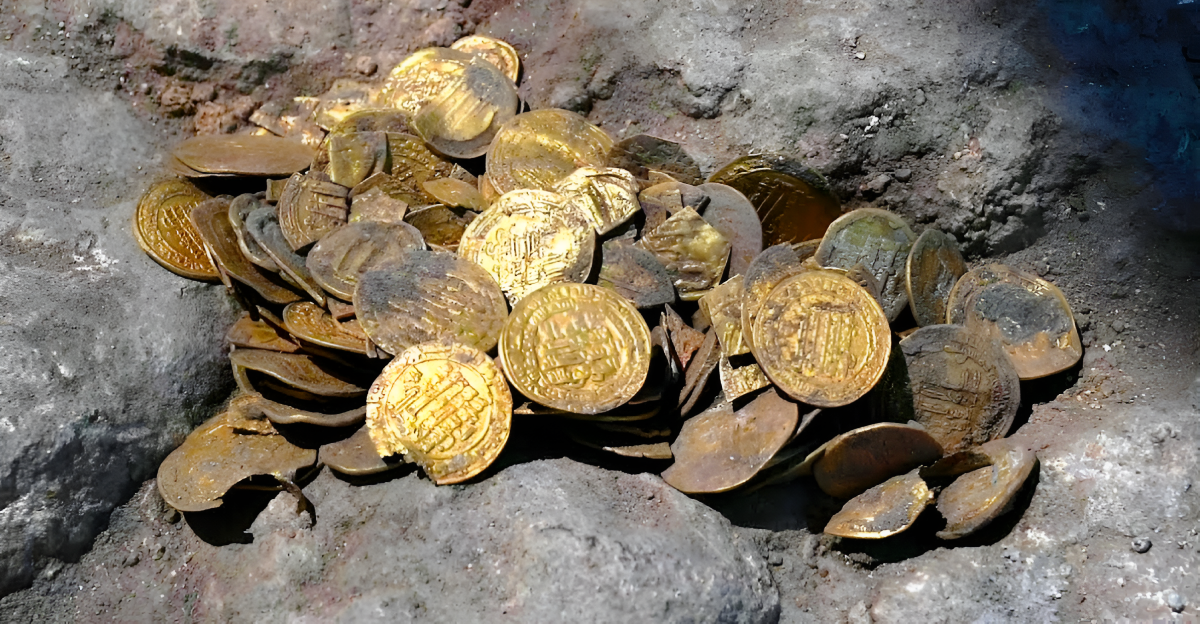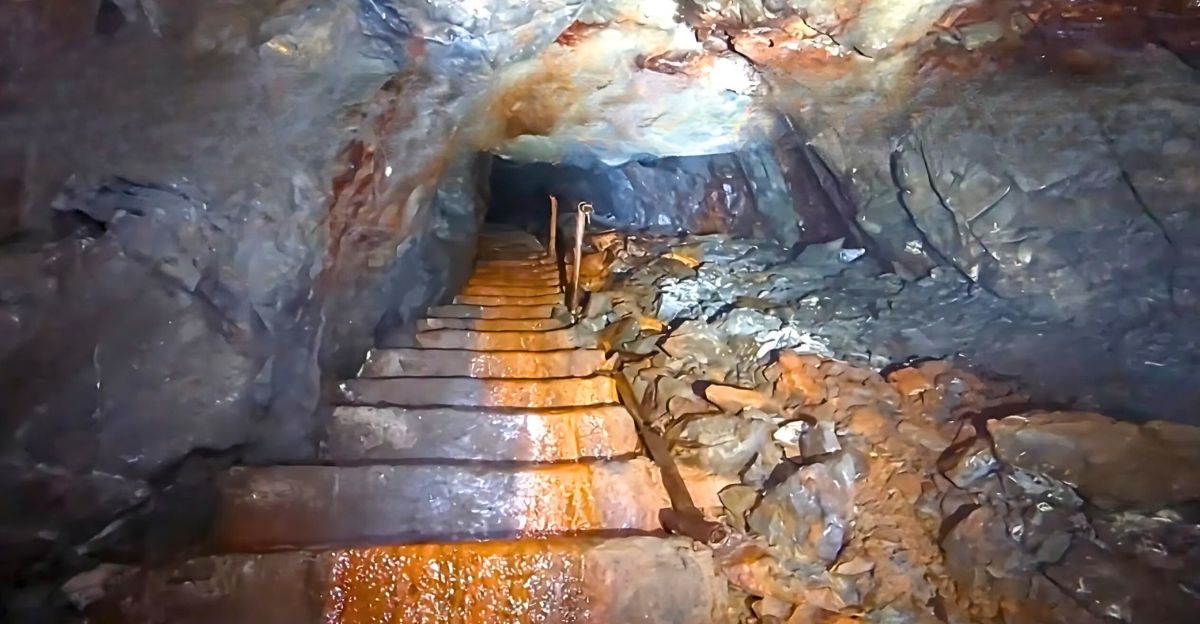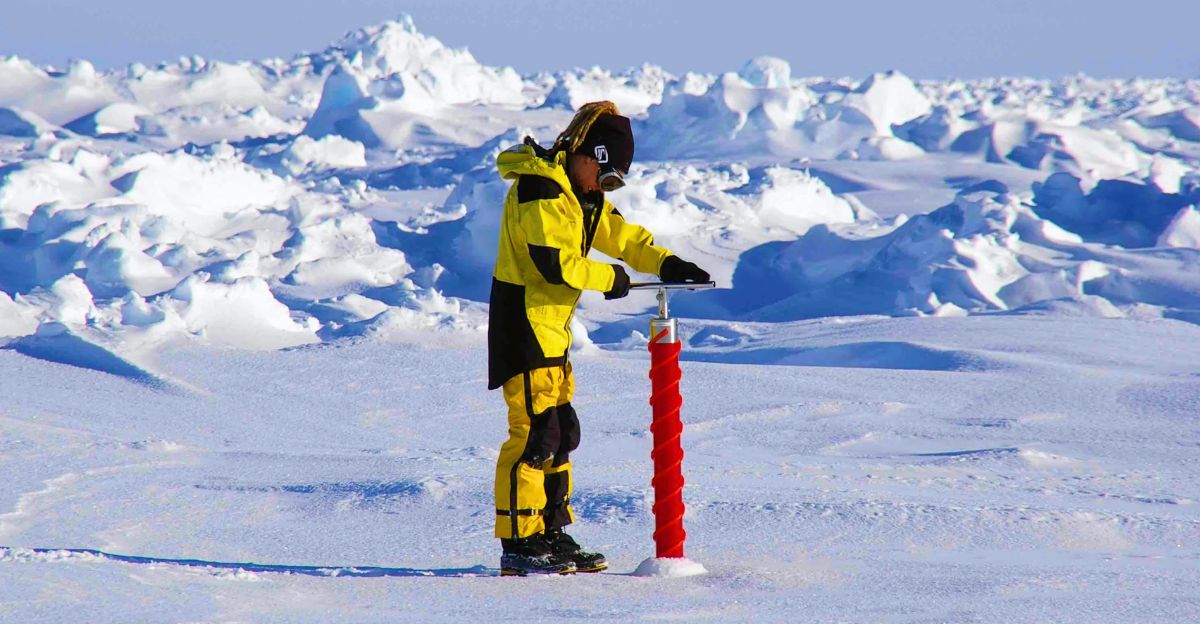
Scientists know that in order to support life, one of the first variables that is needed is water. We have plenty of it on Earth, but in our endeavors to search for life across the galaxy, it’s a hard thing to come by. Mars is often the focus of our search for extraterrestrial water, but there are other planets that deserve our attention.
When water drops below freezing point, it turns into ice. While many planets may not have the necessary temperature conditions to support life on the surface, scientists think they’ve found ice on a planet no one looks at.
Water In Hostile Conditions
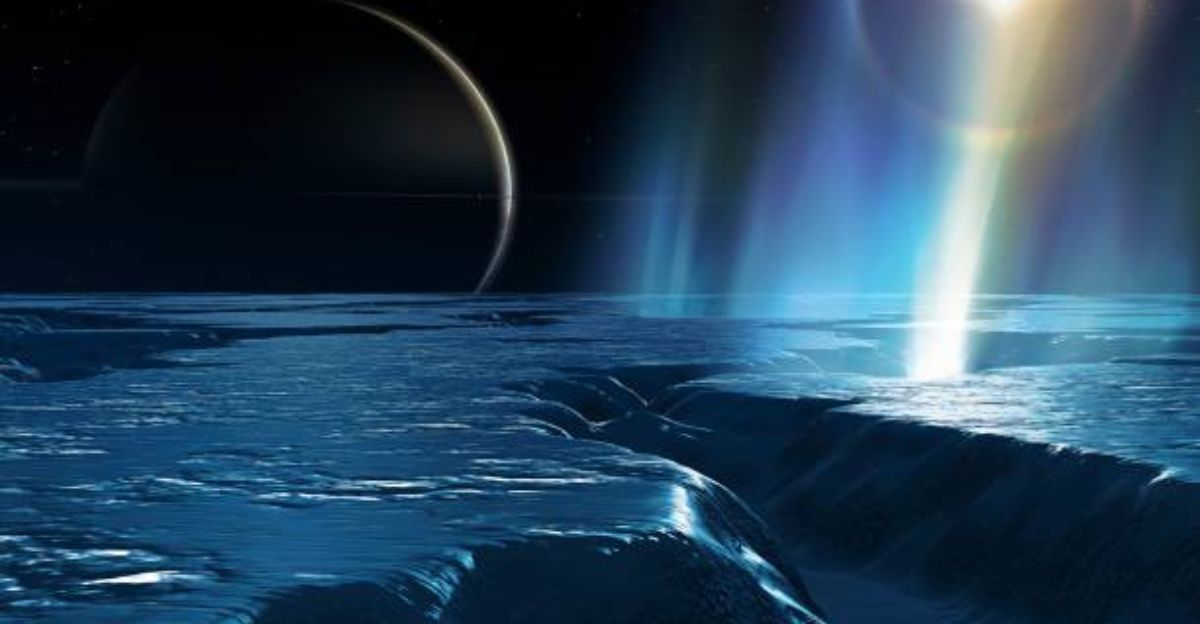
Planets that are usually found closer to the sun are much hotter, which means their chances of sustaining life are slim. This also means that the heat usually evaporates any water that would have been on the surface of the planet.
However, somehow, some places manage to elude the sun’s intense heat enough to have frozen ice, which preserves water. This is through craters being so deep that sunlight never reaches them.
The Discovery Of Mercury
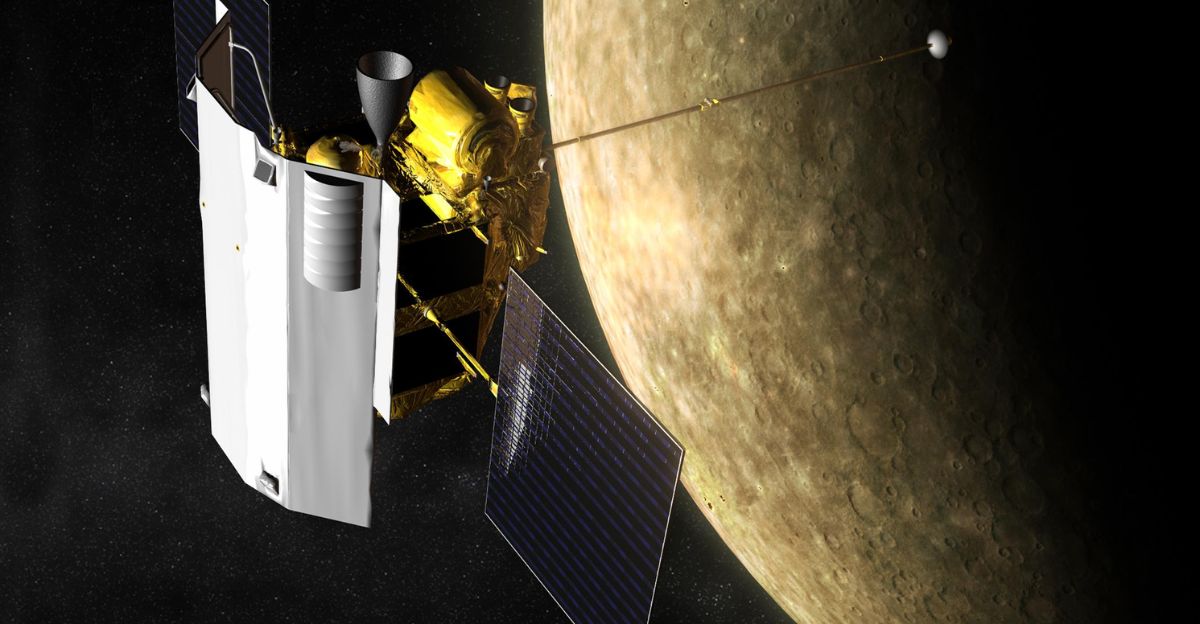
The NASA MESSENGER spacecraft recently detected water in the most unlikeliest places, on Mercury, which is the planet that lives in the shadow of the sun. Ice was found hiding away in deep craters close to the poles of the planet.
At these poles, Mercury’s temperatures can be as cold as -170 degrees Celsius since the sun barely reaches these places. These temperatures contrast the scorching heat of the rest of the planet, which can easily reach 427 degrees Celsius.
How The Ice Has Survived
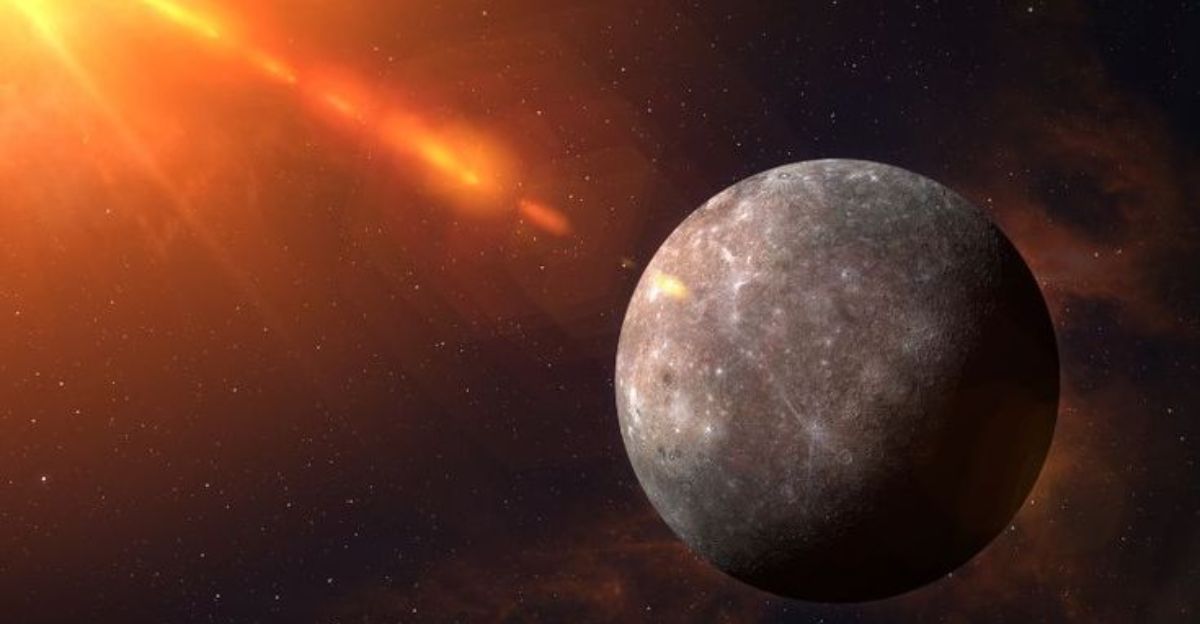
Mercury has a unique axial tilt compared to many other planets, meaning that the poles do not receive much sun throughout the whole year. The craters that are found at the poles avoid the sunlight, which traps water and freezes it.
This water is thought to have been trapped for millions of years. Ice could also be present underneath the surface, underneath soil, and underneath regolith, which helps shield the craters from solar radiation.
Where The Ice Came From
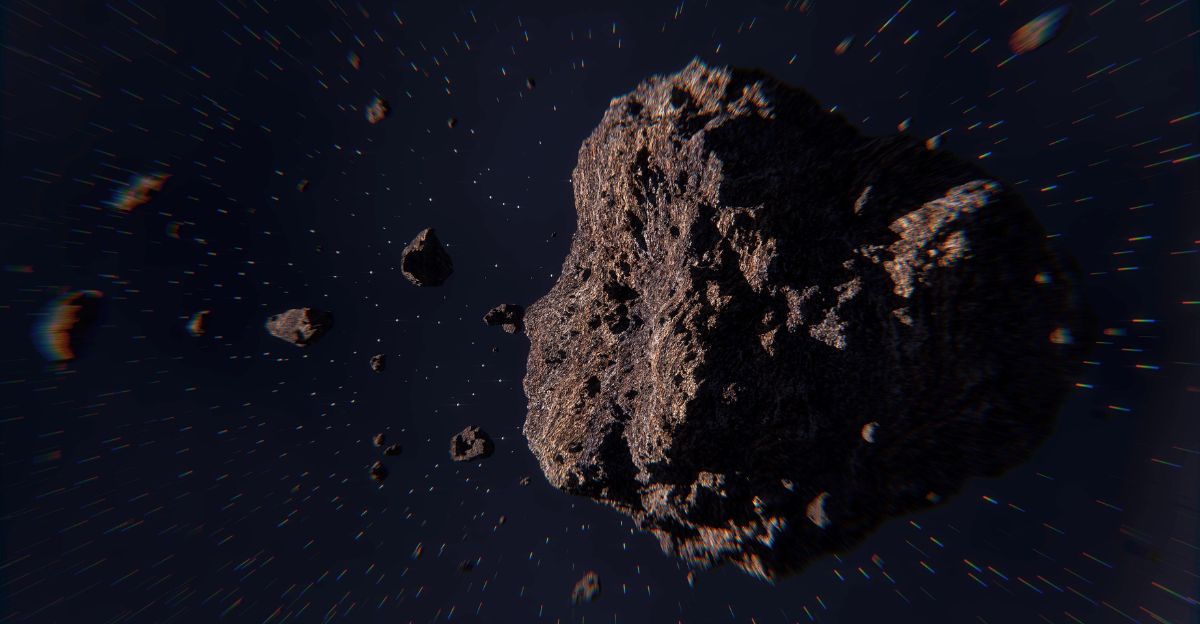
The origins of Mercury’s ice have two leading theories. One is that comets or asteroids full of water hit the planet, delivering the ice. The other is that the ice came from internal planetary outgassing.
Recent studies have run simulations, which could indicate that a large comet hit the planet less than 50 million years ago and dropped off a substantial amount of water vapor, which eventually moved to the poles before freezing.
Detecting The Ice
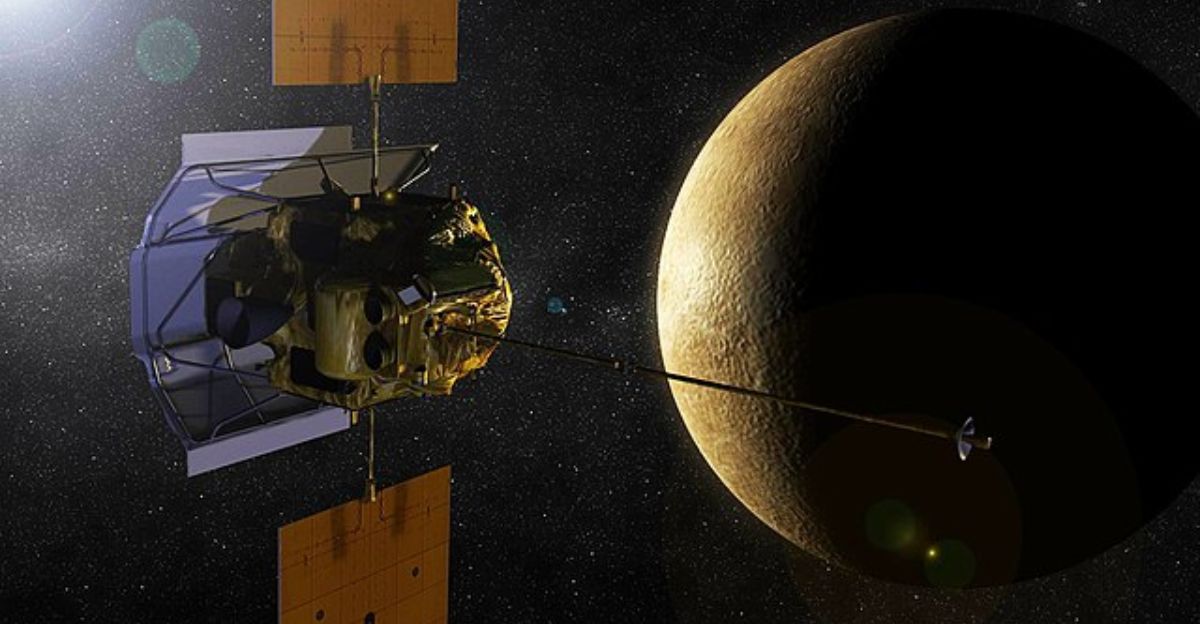
The hydrogen-rich layers on Mercury wouldn’t have been discovered without the MESSENGER’s neutron spectrometer. These layers are a good indicator of water being present on the planet.
Fewer neutrons were detected on the poles of Mercury, giving scientists a strong indication that there was water there. Once they knew where to look, laser altimeters and radar imaging were used to map the ice deposits.
Organic Materials

More than just ice was found in the polar regions of Mercury, and the MESSENGER saw dark patches on the surface, which indicates that there are organic compounds most likely left there by comet or asteroid impacts.
Further research needs to be conducted in order to gain more insights about Mercury and its chemical processes.
Implications On Science
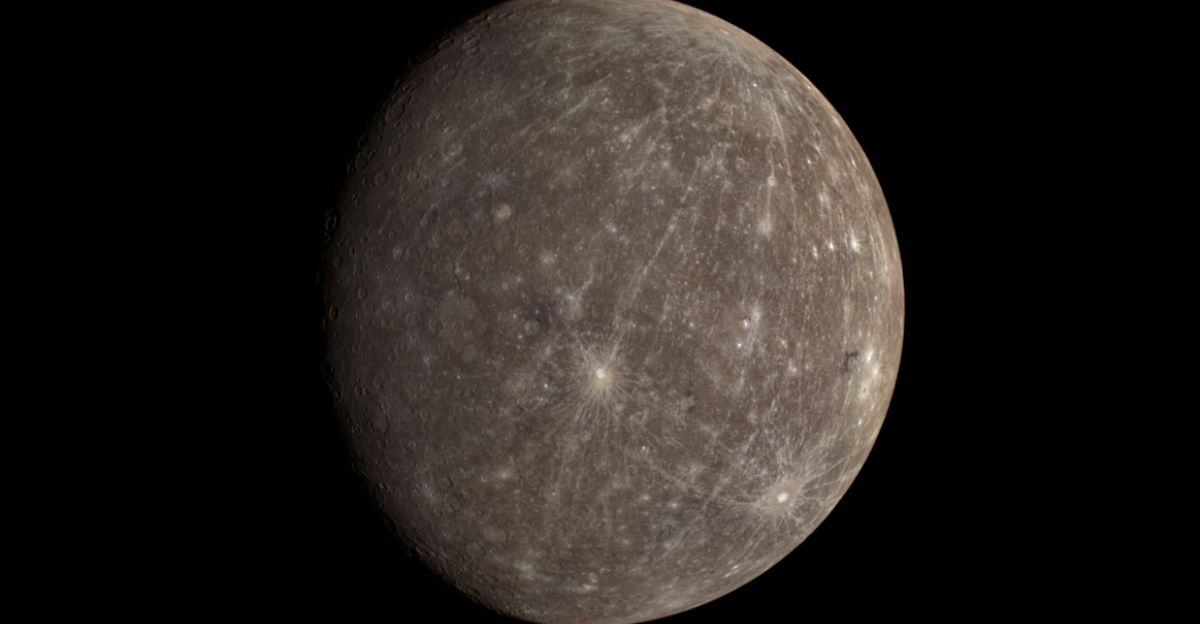
With ice being found on Mercury, this could changes previous notions in science about which conditions can house water. While Mercury is one of the hottest planets, even it can have the building blocks for life if the conditions are right.
This could have implications for future scientific research, and scientists could expand the scope of their search for water and life on other planets.
An Amazing Find
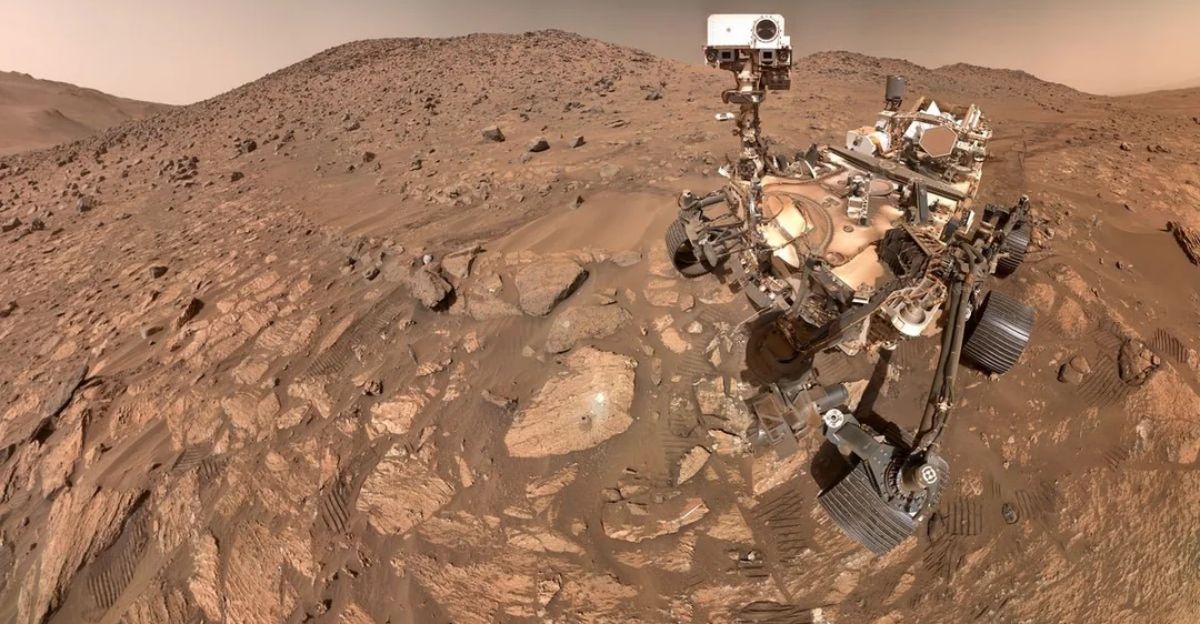
Mars has been the focus of water-finding efforts and usually overshadows other planets’ potential to house the life-giving elements.
The amazing find that NASA’s MESSENGER has discovered on Mars showcases that Mercury could be a much better contender for finding water, although the planet’s hostile conditions and its distance from Earth make planetary exploration difficult.
Future Potential
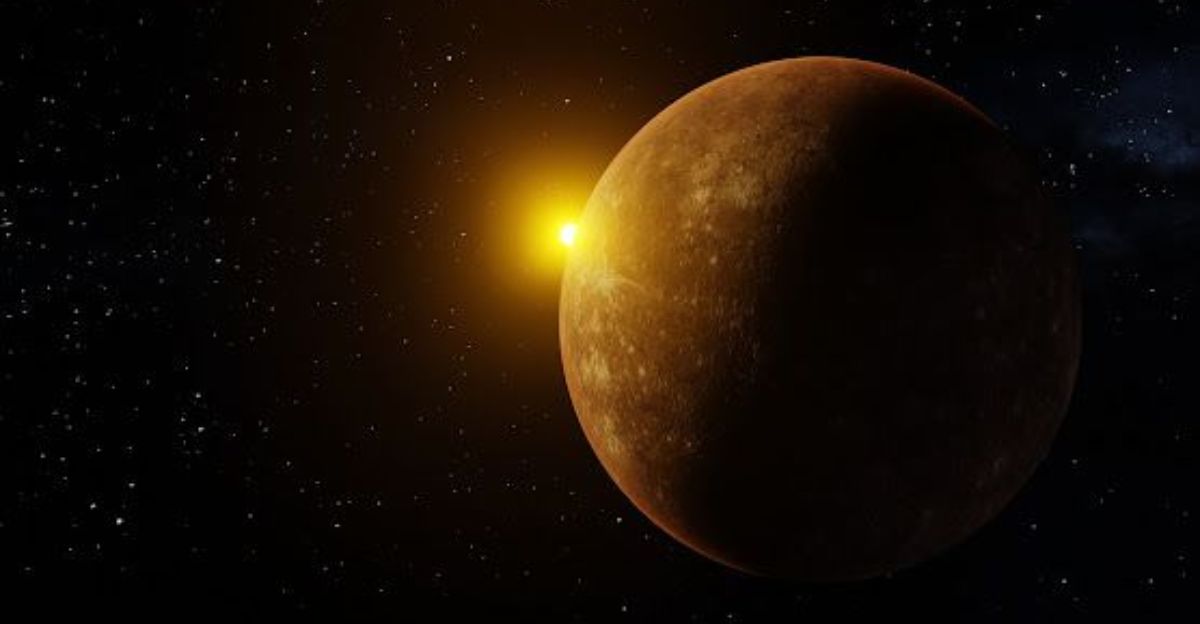
If scientists can find a way to leverage this through mining and extraction, then it could be a future pitstop for astronauts on long missions, providing them with life-saving water.
As Mercury continues to be studied, it’s only a matter of time until we unlock more of its secrets and find out more about the nature of water in our solar system.

